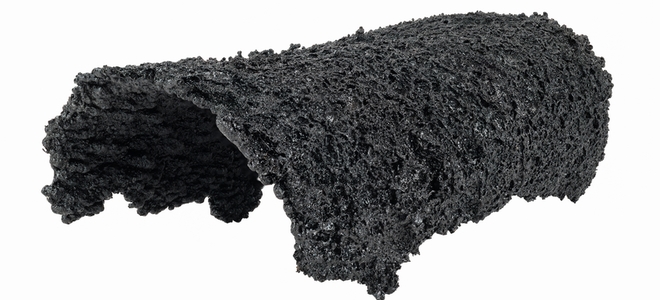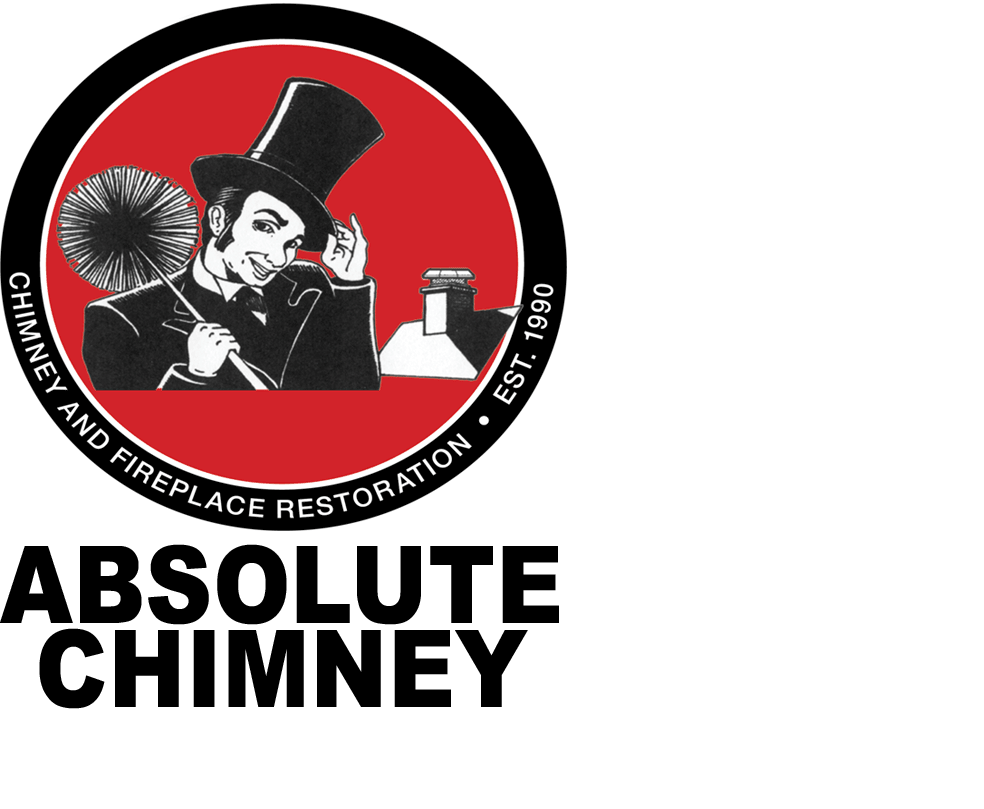Avoid a chimney fire! How to Minimize Creosote Buildup in your Chimney
- March 25, 2018
- Posted by: abchimney
- Category: Chimney Maintenance, Uncategorized

Anytime you use your fireplace, creosote builds up in the chimney lining or flue. Since creosote is highly flammable and creates the biggest potential hazard when using a fireplace, it’s wise to try and minimize the amount of buildup that occurs.
3 Stages of creosote buildup
Creosote has three stages. As each stage increases, they become more hazardous and are increasingly difficult to remove from the flue.
Stage 1 –Creosote is will look like flaky soot that can be easily swept away with the brush
Stage 2 –Creosote will be a shiny, hard black flake. The flakes contain hardened tar that is not easily brushed away, but it can be removed with a special technique. The most popular way for removing creosote tar is with a rotary loop (a powerful drill turns metal rods) that gets the job done.
Stage 3 –This stage should be avoided at all costs. At this stage, the creotsote in your fireplace chimney is extremely difficult to clean! The creosote is highly now a highly concentrated fuel that resembles a coating of tar dripping down inside of your chimney liner. This type of glazed creosote can become very thick as it hardens and is repeatedly recoated with another layer. A hot fire can easily ignite this type of creosote, which is extremely hazardous.
If stage three creosote catches fire, it becomes easy to remove because it leaves behind a spongy residue. At this point however, a chimney firecan easily lead to a house fire.
When it gets to this stage, there are chemical removers that are fairly effective. A rotary head with chains can remove the hardened tar, but it can also cause broken flue tiles to become obvious, in which case the procedure is blamed for the damage.
Top 5 Ways to Minimize Creosote
Obviously, it is best to deal with creosote in the first stage rather than more advanced stages. The following are tips to minimize creosote buildup:
- Avoid burning fires that are slow and smoldering because the combustion by-products – rather than being burned in a hot, clean fire – go up the flue and contribute to the collection of creosote deposits inside.
- Firewood should be allowed to dry for at lease six months to ensure that it is suitable for burning. Do not burn newly cut, unseasoned firewood. It typically takes between six months and one year for cut wood to get to a low moisture content.
- Do not burn artificial packaged logs in your fireplace or your woodstove, since they leave a large amount of creosote deposits.
- Burn hot fires that have plenty of air. Fireplace inserts and wood stoves with glass doors can cause a restriction of airflow which leads to deposits of second-degree creosote.
- When a chimney is on the outside of the house or in any other way is not insulated sufficiently, it can be difficult to warm the air inside the flue, causing poor combustion in the fire, a greater amount of creosote buildup, and a smoky fireplace.
Contact our chimney professionals today for a chimney inspection and cleaning, to remove dangerous creosote deposits at 412-751-5525.








